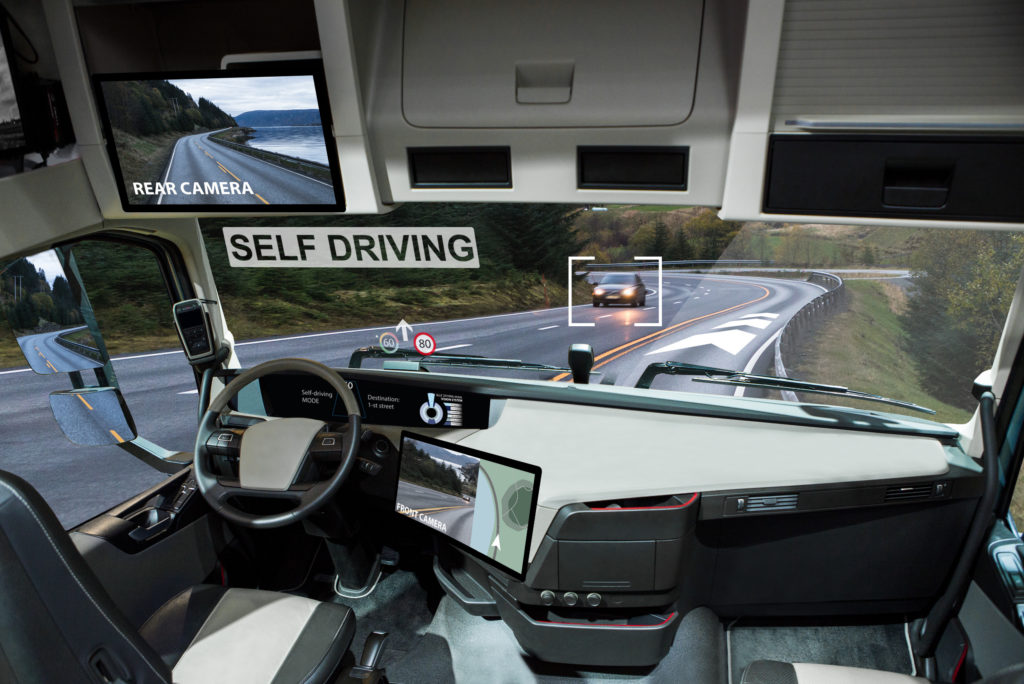
The idea of self-driving vehicles has been in the works for many years, and has recently come into full fruition, with multiple manufacturing companies jumping on the futuristic trend.
However, federal regulators are now being pressured by the National Transportation Safety Board to put in place a new review process for automated test vehicles after an Uber automated test vehicle hit and killed a pedestrian.
Last year, the NTSB released its preliminary report regarding its investigation of the fatal crash, which occurred in Tempe, Arizona between a modified 2017 Volvo XC90–which was occupied by a single vehicle operator but was running on its computer-controlled self-driving system–and a pedestrian in March 2018.
While the vehicle operator wasn’t hurt, the 49-year-old female pedestrian suffered fatal injuries.
According to the report, the pedestrian was wearing dark-colored clothing, didn’t look toward the vehicle until the moment before the impact took place, and crossed the road in an area without direct lighting. The pedestrian was also pushing a bicycle that did not have side reflectors, although it did have a front and rear reflectors that were positioned perpendicular to the oncoming vehicle’s path. She also didn’t use the nearby crosswalk, but rather entered the road from a brick median. Additionally, the pedestrian’s post-accident toxicology test showed both methamphetamine and marijuana in her system.
As for the test vehicle, the report said Uber had equipped it with an in-development self-driving system that was comprised of forward- and side-facing cameras, radars, navigation sensors, Light Detection and Ranging, and a data storage unit. It was also factory-equipped with Volvo Cars’ driver assistance functions, such as collision avoidance with automatic emergency braking, driver alertness detection, and road sign information. These functions are only disabled when the test vehicle is in computer control mode.
The data from the self-driving system showed that the car’s vehicle operator intervened by grabbing the steering wheel less than a second before the impact, which occurred at 39 mph. The operator also began braking less than a second after the impact.
At 1.3 seconds before the impact, the self-driving system did determine emergency braking was needed, but these maneuvers are not enabled when the vehicle is being computer-controlled. The vehicle operator is expected to take action at the point, as to reduce the possibility for erratic vehicle movement. The system also does not alert the operator of the need for emergency braking.
During this month’s board meeting, which was held in order to determine the probable cause of the crash, the NTSB said an Uber division’s “inadequate safety culture” is what allowed the fatal collision to take place.
The NTSB found that the immediate cause of the collision was the Uber ATG operator’s failure to monitor the road and the automated driving system closely enough–which it says was due to the her being distracted during the trip by her cell phone.
The NTSB also says Uber ATG held inadequate safety and risk assessment procedures, had a lack of adequate mechanisms for addressing vehicle operators’ automation complacency, and gave an overall lack of oversight of its vehicle operators in general.
Here are the investigation’s findings:
-The automated driving system was able to detect the pedestrian a full 5.6 seconds before impact. The system did continue to track the pedestrian up until the crash, but was never able to accurately determine what the object crossing the road was, or what its path would most likely be.
-If the vehicle operator had been paying close attention, she would likely have had enough time to effectively react to the pedestrian and either mitigate the impact or avoid the crash completely.
-Uber ATG managers rarely actively monitored the behavior of their vehicle operators, although they had the opportunity to do so. This oversight was made worse by Uber’s decision not to include a second operator in the vehicle during this testing.
-Uber ATG added a safety management system, among other updates, to address the present deficiencies.
The NTSB made six total recommendations to the National Highway Traffic Safety Administration, the American Association of Motor Vehicle Administrators, Uber ATG, and the state of Arizona–including that NHTSA requires developmental automated driving system test operators to submit safety self-assessment plans before they can begin operating on public roads. NHTSA will have to review these plans thoroughly to make sure all necessary safety precautions and standards are met.

